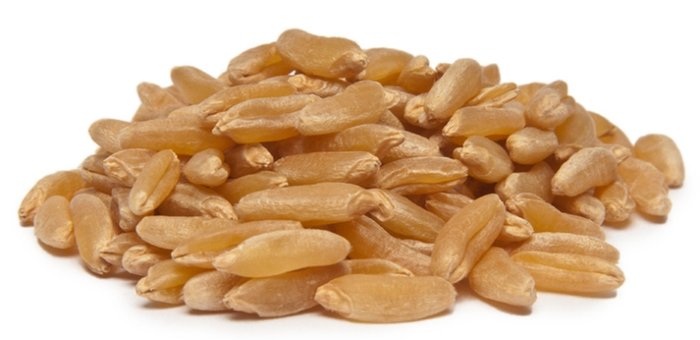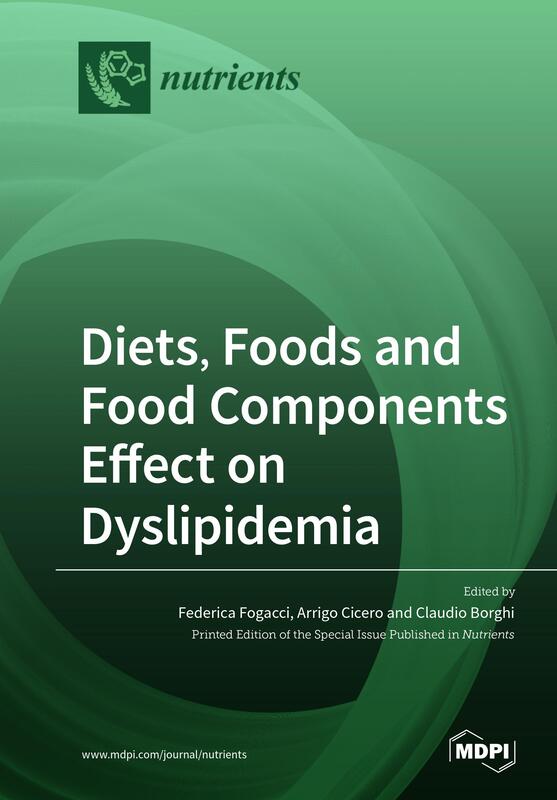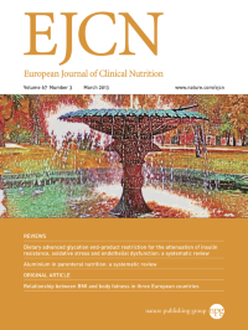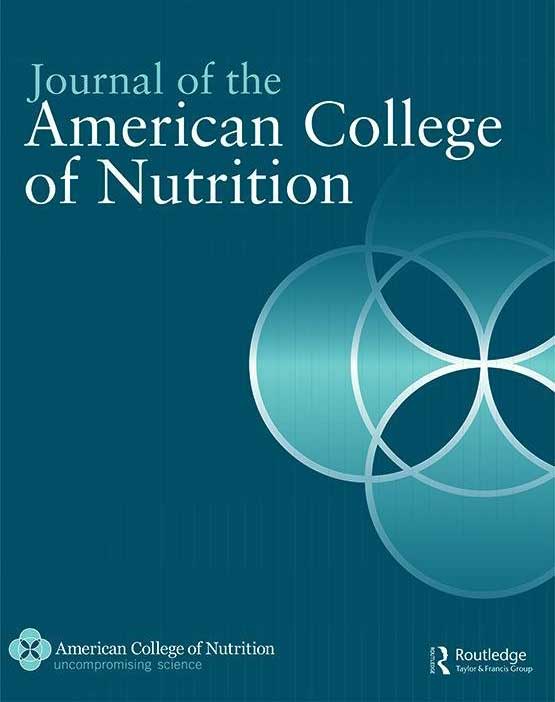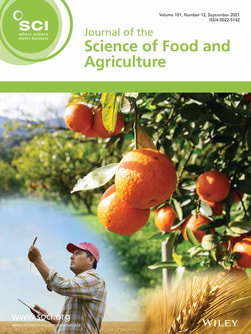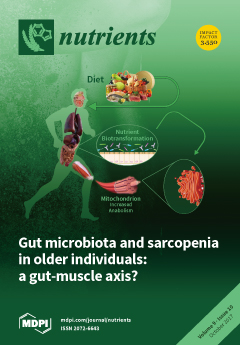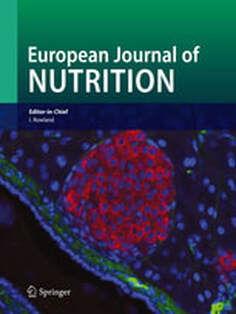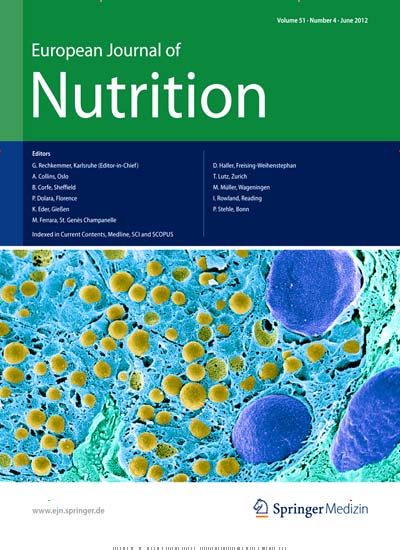Is KAMUT Wheat Truly Better?: YES!... Come In and Let Us Count the Ways...
|
This page is dedicated to sharing with you the Science behind why we believe Kamut wheat is better than the standard marketed wheat grains and one of the reasons to make our feeds the best in the world. Of the 94 studies which come on radar for Kamut wheat over the last decade, we'll be sharing full text downloads here on this page.
Organic! Soy free! Corn free! Canola free! GMO free; are not new concepts to the health conscious. However, you may not have heard about the Kamut wheat difference, which makes Oak Creek Organic Feed the best feed available! |
FINDINGS:
From Studies & Trials on Kamut or Khorasan Wheat
Published in Medical Journals
|
Consumption of products made with khorasan wheat for 8 weeks resulted in a significant amelioration in total cholesterol, low-density lipoprotein cholesterol, glucose and insulin and reduction in reactive oxygen species (ROS), lipoperoxidation of circulating monocytes and lymphocytes, as well as in the levels of Tumor Necrosis Factor-alpha.
|
20 IBS Patients Experience relief in intensity of pain, frequency of pain, bloating, abdominal distension,
|
|
|
Kamut Wheat Study shows Impact on a Replacement Diet on Cardiovascular Risk Factors: Crossover Dietary Intervention Study:
Concludes that a replacement diet with Kamut products could be effective in reducing metabolic risk factors, markers of both oxidative stress and inflammatory status. |
|
A Khorasan Wheat-Based Replacement Diet Improves Risk Profile of Patients With Nonalcoholic Fatty Liver Disease (NAFLD): A Randomized Clinical Trial
20 patients showedsignificant improvements in the liver steatosis grading, Doppler perfusion index values, and reactive oxygen species (ROS) production were evident as most effective in reducing metabolic risk factors and ameliorating the liver profile in patients w/ NAFLD. |
|
A Khorasan wheat-based diet improves systemic inflammatory profile in semi-professional basketball players: a randomized crossover pilot study
The consumption of Khorasan products was associated with a significant reduction of monocyte chemoattractant protein-1 (MCP-1; mean reduction: −36.15 pg/mL; −25.67%) while the consumption of modern wheat was not associated with significant differences in Interleukin-8 (IL-8) or Interleukin-1 receptor antagonist (IL-1ra). The consumption of the Khorasan-based diet also resulted in a significant improvement in self-rated health status. |
|
Short-Term Hemodynamic Effects of Modern Wheat Products Substitution in Diet with Ancient Wheat Products: A Cross-Over, Randomized Clinical Trial
Each treatment period lasted four weeks. After ancient wheat foodstuffs intake, subjects experienced a significant improvement in triglycerides (−9.8% vs. baseline and −14.5% versus modern wheat), fasting plasma glucose (−4.3% versus baseline and −31.6% versus modern wheat), diurnal SBP (−3.1% vs. baseline and –30.2% vs. modern wheat) and nocturnal SBP (−3.2% vs. baseline and −36.8% vs. modern wheat), and pulse volume change (+4.2% vs. baseline and +2.3% vs. modern wheat) (p < 0.05 vs. baseline and versus modern wheat foodstuffs intake). Therefore, our findings show that substituting modern wheat products in diet with Kamut wheat, might exert a mild improvement in 24-h SBP and endothelial reactivity in pre-hypertensive healthy subjects.
|
|
Evaluation of antioxidative and diabetes-preventive properties of an ancient grain, KAMUT® khorasan wheat, in healthy volunteers:
Our study provides evidence that a substitution diet with KAMUT® khorasan wheat products can reduce some markers associated to the development of type-2 diabetes compared to a diet of modern wheat. |
|
Concentrations of Phenolic Acids, Flavonoids and Carotenoids and the Antioxidant Activity of the Grain, Flour and Bran of Triticum polonicum as Compared with Three Cultivated Wheat Species: The grain and milling fractions of Kamut® wheat were characterized by very high concentrations of quercetin, naringenin, and vitexin, but significant differences were observed only in vitexin content. Quercetin concentration in Kamut® wheat grain (104.8 mg kg−1) was more than five times higher than in bread wheat (19.6 mg kg−1) and more than twice higher than in Polish wheat (44.1 mg kg−1) |
21 Diabetics patients experienced a reduction in LDL cholesterol, insulin, blood glucose, ROS production, and some inflammatory risk factors, which are all key factors warranting of control in secondary prevention of T2DM compared to a diet with products made with modern wheat. |
